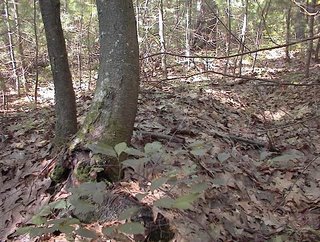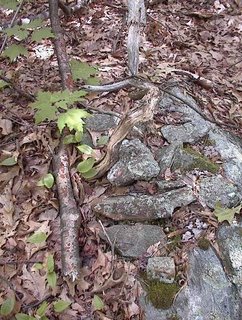[Click here]
Title: Cobbles, Cairns, and Manitous: An Examination of the Use of Stone in
Native American Landscapes
Authors: Sean B. Dunham (Commonwealth Cultural Resources Group, Inc.), Janet
G. Brashler (Grand Valley State University), and Charles E. Cleland (Michigan
State University)
Abstract: Enigmatic cobble piles and walls have elicited a variety of
interpretations throughout the Great Lakes region, e.g., astronomical
calendars, henge monuments, and burial mounds. While most of these features
reflect early historic Euroamerican agricultural practices or natural
phenomena, certain of the sites can be attributed to prehistoric and historic
Native American land use. Both archaeological and historical sources have
indicated a variety of possible interpretations for such
features, including burial cairns, votive precincts, and the byproduct of
agricultural field clearing. This paper will present a discussion of these
stone features in the Upper Great Lakes from a variety of sources, including
ethnographic, ethnohistorical, and archaeological.
Paper presented at the 43rd Midwest Archaeological Conference, Muncie,
Indiana, 21-24 October 1998.
 Here is a view back the other way:
Here is a view back the other way: North facing sites are not too common. This looks to me like a place for one person to have a prayer. The role of the rock-on-rocks is still ambiguous: they could form the enclosure, they could lead to it and link it with other places, they could be designed to be looked past from within the site.
North facing sites are not too common. This looks to me like a place for one person to have a prayer. The role of the rock-on-rocks is still ambiguous: they could form the enclosure, they could lead to it and link it with other places, they could be designed to be looked past from within the site.












